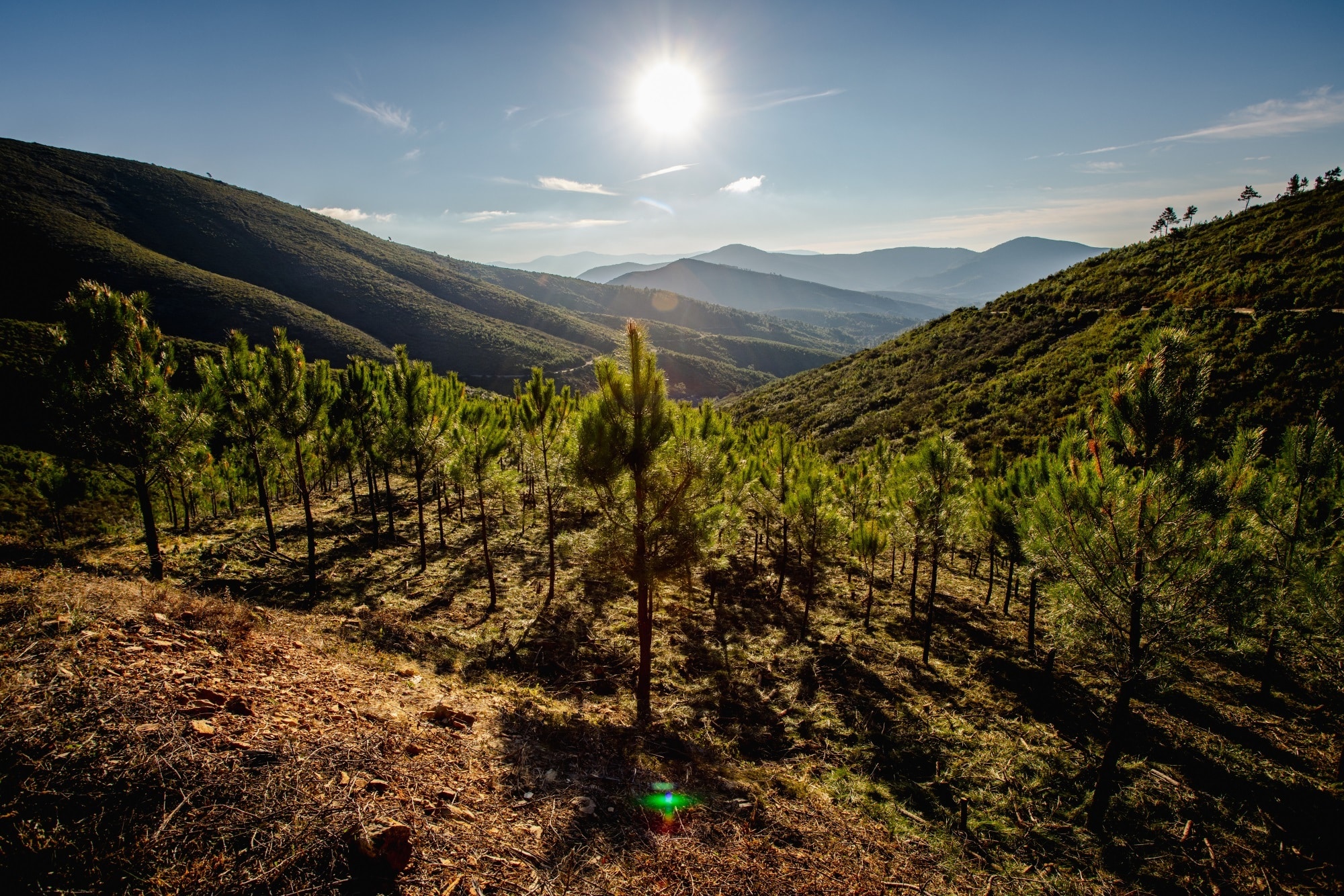
Exploring Tree Tokenization with Blockchain Technology
Tree tokenization is a relatively new concept that involves the creation of digital tokens that represent real-world trees or forests. These tokens can be bought, sold, and traded on a blockchain platform, similar to other cryptocurrency assets. But unlike traditional cryptocurrency, tree tokens have a tangible asset backing them – the trees or forests that they represent. This means that tree tokenization has the potential to not only provide financial returns, but also to promote sustainability and combat climate change.
Blockchain technology is a key component of tree tokenization. It provides a secure and transparent platform for tracking and verifying the authenticity of tree tokens. In this blog post, we will explore the concept of tree tokenization in detail and discuss how blockchain technology is being used to support this innovative approach. We will also examine the benefits and challenges of tree tokenization, and look at some real-world examples of initiatives that are using this approach.
What is Tree Tokenization?
At its core, tree tokenization is a way to financially value and trade trees or forests. It involves the creation of digital tokens that represent a specific tree or group of trees, and these tokens can be bought and sold on a blockchain platform. The idea behind tree tokenization is to provide a financial incentive for protecting and preserving trees, as well as to promote sustainability in a variety of sectors.
There are several ways that tree tokenization can work in practice. One approach is to create tokens that represent a single tree, with each token having a unique identification number that corresponds to a specific tree. These tokens could be bought and sold as a way to invest in the growth and care of individual trees. Another approach is to create tokens that represent a group of trees, such as a forest, and to use these tokens as a way to fund conservation efforts or reforestation projects.
Regardless of the specific approach, tree tokenization relies on the use of blockchain technology to track and verify the authenticity of the tokens. Blockchain is a decentralized and secure digital ledger that can be used to record transactions in a transparent and tamper-proof way. This makes it an ideal platform for supporting tree tokenization, as it ensures that the tokens are accurately representing the trees or forests that they represent.
Benefits of Tree Tokenization
Tree tokenization has the potential to provide a range of benefits, both for the environment and for businesses and individuals. Some of the key benefits of this approach include:
- Promoting sustainability: By providing a financial incentive for protecting and preserving trees, tree tokenization can help to promote sustainability in a variety of sectors. This could include forestry, agriculture, and even urban environments, as trees can provide a range of environmental benefits such as clean air, water filtration, and carbon sequestration.
- Improving supply chain efficiency: Tree tokenization can also be used to improve the efficiency and transparency of supply chains. For example, companies could use tree tokens to track and verify the sustainability of their products, such as paper or wood products. This could help to reduce the risk of deforestation and promote responsible sourcing practices.
- Supporting conservation efforts: Tree tokenization can also be used to fund conservation efforts, such as reforestation projects or habitat restoration. By creating tokens that represent a specific conservation project, individuals or organizations can raise funds to support these initiatives and ensure that they are sustainable over the long term.
- Providing financial returns: Finally, tree tokenization has the potential to provide financial returns for investors. As the value of trees or forests increases over time
Challenges and Limitations of Tree Tokenization
While tree tokenization has the potential to provide many benefits, it is not without its challenges and limitations. Some of the key issues to consider include:
- Data reliability: One of the main challenges of tree tokenization is ensuring the reliability of the data that is used to create the tokens. This includes accurately measuring the carbon sequestration potential of trees and forests, as well as ensuring that the trees or forests being represented by the tokens are being managed sustainably. Without reliable data, it can be difficult to accurately value the tokens and to ensure that they are representing the true value of the trees or forests.
- Fraud risk: Another potential challenge of tree tokenization is the risk of fraud. This could include the creation of fake tokens that do not represent actual trees or forests, or the mismanagement of the trees or forests being represented by the tokens. To mitigate this risk, it is important to have strong systems in place to verify the authenticity of the tokens and to ensure that the trees or forests being represented are being managed sustainably.
- Market demand: Finally, the success of tree tokenization will depend on the demand for the tokens in the market. While there is growing interest in tree tokenization as a way to promote sustainability and combat climate change, it is not yet clear how much demand there will be for these types of assets in the long term.
Tree tokenization is a promising approach for promoting sustainability and combating climate change, and blockchain technology is playing a key role in supporting this innovation. By creating digital tokens that represent real-world trees or forests, and using blockchain to track and verify the authenticity of these tokens, it is possible to provide a financial incentive for protecting and preserving these valuable assets. While there are challenges and limitations to tree tokenization, the potential benefits are significant, and it is worth exploring this approach as a way to promote sustainability and combat climate change.
Overall, the use of tree tokenization with blockchain technology is an exciting development that has the potential to transform the way that we value and protect trees and forests. As more and more initiatives adopt this approach, it will be interesting to see how it evolves and how it can be used to promote sustainability



